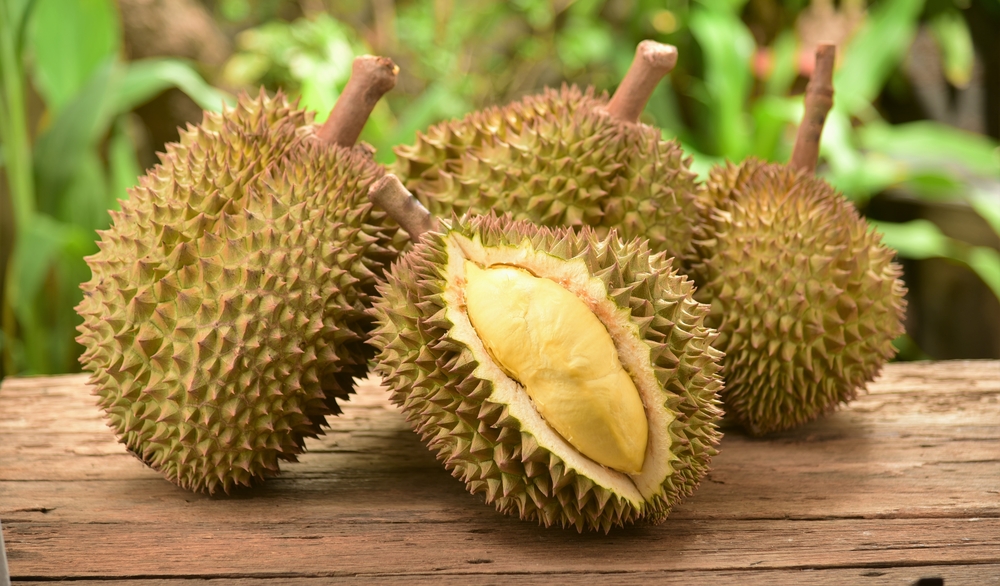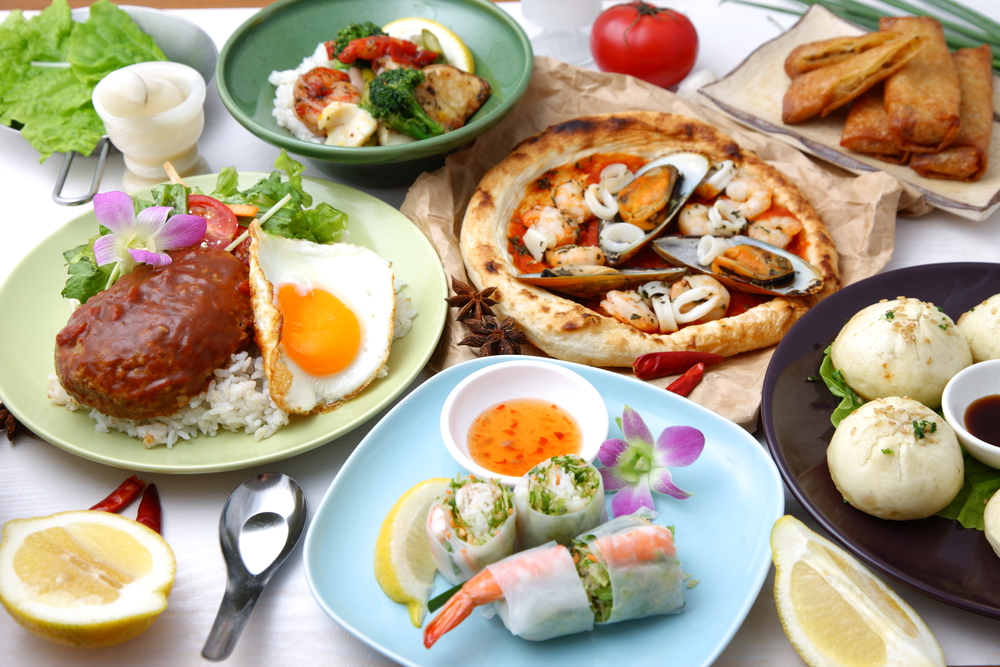Taking a culinary tour around the world exposes us to a wide range of tastes, textures, and scents that represent the various ecosystems and cultures on our planet. Even though most of us are familiar with typical ingredients found in our neighborhood markets, there is a vast world of unusual foods that are still mostly undiscovered. We will discover some uncommon and distinctive ingredients from all over the world in this culinary journey, which is sure to pique your interest in food and tantalize your taste buds.
Southeast Asia’s “King of Fruits”: Durian
The durian, a fruit native to Southeast Asia, is frequently referred to as the “King of Fruits.” People who come into contact with this pungent, football-sized fruit are either infatuated or repulsed by its unique smell. Some find the inside flesh to be delicate and creamy, while others find the smell to be off-putting. Durian is now a highly sought-after ingredient in many Southeast Asian cuisines, showing up in everything from savory dishes to ice creams thanks to its distinctive blend of sweet and savory notes.

Hákarl – Fermented Shark (Iceland)
Hákarl, or fermented shark meat, is a traditional dish from Iceland that is considered a bold step in the cuisine of that country. Shark meat is buried in the ground and allowed to ferment for several months, producing a dish that is somewhat taste-specific. Hákarl is typically served in tiny cubes with a shot of Brennivín, the regional spirit, to help balance out its strong flavor. As a rite of passage, daring food enthusiasts frequently seek out this unusual Icelandic delicacy, despite the fact that the smell may be overwhelming for some.
Fugu – Pufferfish (Japan)
Japanese pufferfish, or fugu, is a delicacy that takes eating this potentially fatal fish to new heights in terms of culinary adventure. To minimize the risk, fugu chefs undergo extensive training to ensure the safe preparation of this poisonous fish, which includes the removal of toxic organs. The dish is frequently presented on a plate in the precise arrangement of thinly sliced sashimi. The excitement of eating fugu is not only its subtle taste but also the knowledge that skill and accuracy are needed to turn this potentially deadly ingredient into a delicious meal.
Kopi Luwak – Civet Coffee (Indonesia)
Kopi Luwak provides a remarkable experience for those who are passionate about coffee and are looking for a rare and distinctive brew. This coffee, which comes from Indonesia, is made from beans that the small mammal known as civets have eaten and excreted. The coffee beans’ chemical makeup is changed by the digestive enzymes in the civet’s stomach, making the brew smoother and less acidic. Kopi Luwak is one of the most costly and sought-after coffees in the world due to its unique production method, which has gained favor with coffee connoisseurs.
Saffron: The Golden Spice of Iran and India
Although saffron is not a foreign word, its scarcity and labor-intensive harvesting method elevate it to a notable position on our list. Saffron threads are hand-harvested from the Crocus sativus flower, and it takes a large number of flowers to produce a small amount. Saffron, sometimes referred to as the “golden spice,” gives food a unique flavor, scent, and vivid color. It is a mainstay in Indian and Persian cooking, appearing in both savory and sweet dishes such as desserts and paellas and biryanis.
Southeast Asia : Snake Wine
When traveling through Southeast Asia, especially Vietnam and China, we come across snake wine, a concoction made of rice wine and a poisonous snake. Typically, the snake is steeped in the wine for several months, allowing its essence and flavor to permeate the drink. Snake wine is consumed for its purported medicinal qualities and is widely thought to have health benefits. The region’s traditional medical practices heavily influence this consumption of the beverage.
Edible Gold
Symbolizing opulence in diverse cuisines across the globe, edible gold elevates luxury to an unprecedented degree. Edible gold, which is crafted into thin sheets, is frequently used as a garnish on pastries, chocolates, and even drinks like cocktails. The glistening beauty of gold enhances the visual appeal of food, making it a feast for the eyes as well as the palate even though it doesn’t add any particular flavor.

Conclusion
It becomes clear as we travel through the world of exotic foods that culinary exploration and cultural discovery go hand in hand. Every distinctive ingredient, from the strong durian of Southeast Asia to the delicate and possibly lethal fugu of Japan, captures the customs, natural surroundings, and culinary prowess of its homeland. Unquestionably, these exotic foods add to the rich tapestry of international gastronomy by enticing us to experience the extraordinary and diverse flavors our planet has to offer, whether they prove to be a daring culinary discovery or an adventurous culinary journey. For a genuinely unique dining experience, think about venturing into the world of exotic foods the next time you’re stuck on what to cook.


